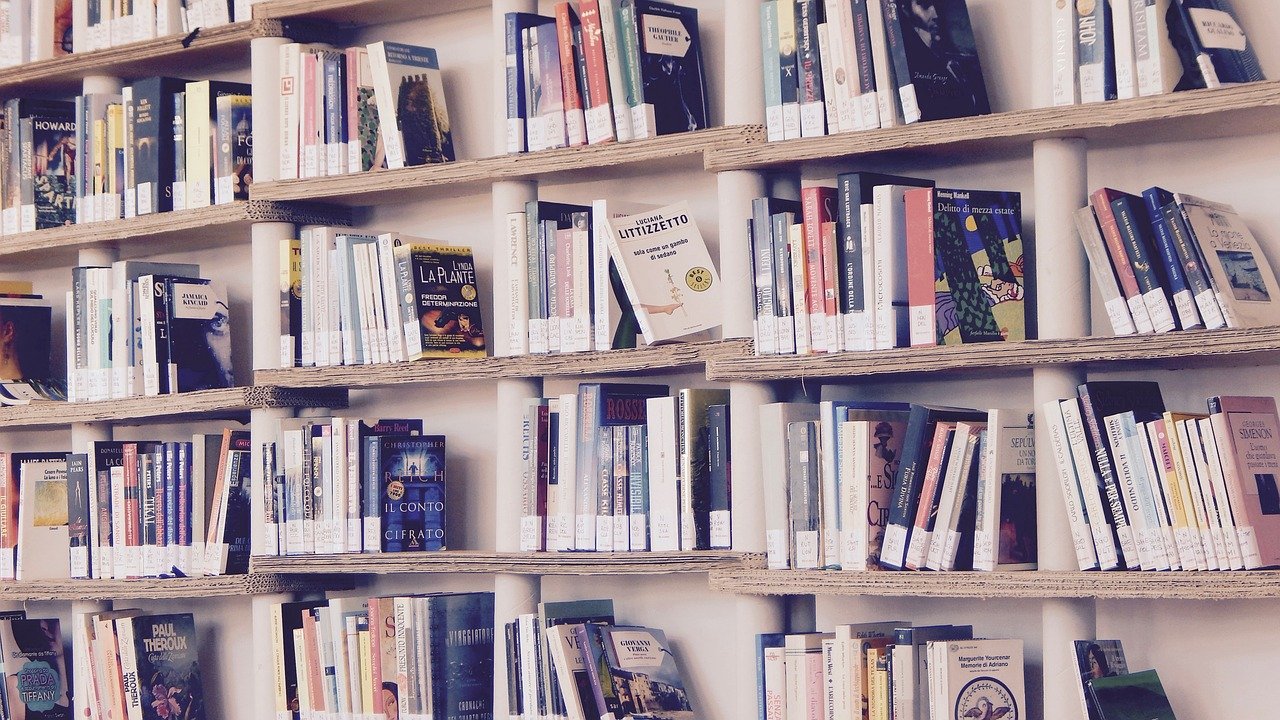There are a vast array of methods of binding books and, of course, each has its own pros and cons. So, without further ado, let’s take a look at some of the most binding techniques so that you can determine which binding technique might be best for you, depending on the purpose of the book or product.
Perfect Binding
This is the most commonly used type of binding and is usually applied to softcover and paperback books. The method involves a flat, printable spine which is used in conjunction with a strong adhesive to hold the pages together.
The perfect binding method gives a high-quality presentation and is less expensive than hardback binding, but it is also less durable than hardcover books. However, a characteristic of perfect binding is that it makes books easy to package and ship – ideal for collections, autobiographies, paperbacks and graphic novels.
Hardback Binding
This is also a commonly used type of binding. It’s used for the majority of books because of its durable nature and added durability. You can pick from flat backed, soft spined and several other options, as well as the opportunity for dust jackets as an extra layer of protection.
The pages are aligned and then glued or sewn together before being glued to the inside covers and attached with glue. This takes a longer production time and costs a lot more than perfect binding techniques, but it does guarantee an impressive and superior outcome to other binding techniques.
Stapled Binding
When it comes to commercial production the stapled binding method is by far the most popular. It can accommodate books of various sizes such as brochures, catalogues, newsletters and manuals. The printed and folded books are simply put onto a stitching device which binds the publication together.
These books may be less durable than their competitors, but they are highly economical and have the quickest turnaround time of any of the binding techniques detailed here today. If you’re after a similar outcome for your own publications, consider binding machines by Duplo for high quality and cost effective results.
Spiral Binding
This method consists of single pages being stacked and holes being punched along the spine before spiral loops are put through the holes. Because a flexible spine is created, products from reports and student diaries to cookery books and spiral bound notebooks can be made using this technique. Often, these books have plastic covers to protect their pages instead of spines.
In contrast to the other methods, the only downfall of the spiral binding technique is that limited quantities can be manually bound at a time, so purchasing or hiring a binding machine may be beneficial if considering this option. Advantages include durability, practicality, ease of adding or removing paper sheets and a lower general expense for short runs.
Now that you’ve had a rundown of some of the most popular methods of bookbinding, you will be able to make an educated choice regarding which binding technique is best for you and your publication. So, all that is left to do is to assemble your pages and ‘bind your way’ to a fantastic product!
